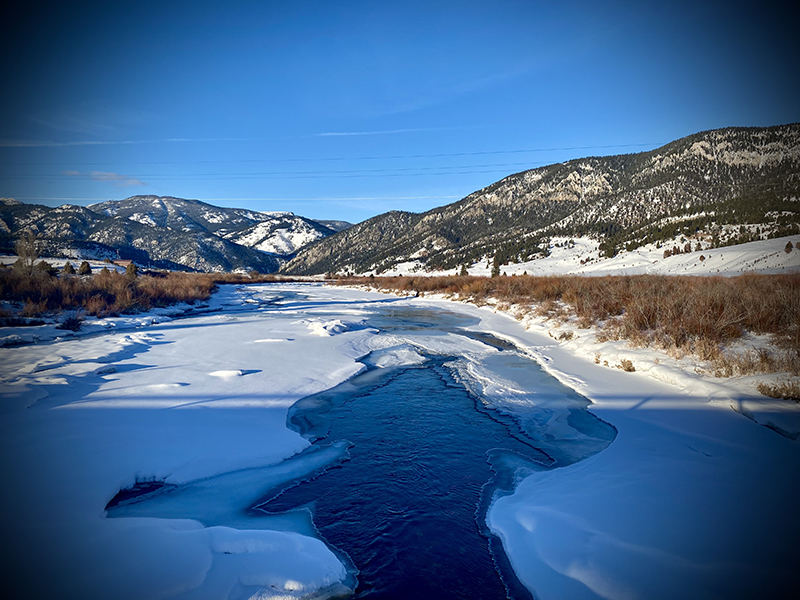On December 29th, to little fanfare and taking no credit, the Gallatin River scored a major victory when commissioners from Gallatin County voted unanimously to approve a petition for the formation of a new Gallatin Canyon water and sewer district.
Now, you might be thinking, why should we care about a water and sewer district? What is so important about that? The short answer: a healthy Gallatin River.
In the Canyon—roughly the area from the Conoco to Rainbow Ranch—, all lodges, homes, restaurants and small businesses are currently on either individual septic systems or small, inadequate community systems. While some of these systems are newly installed and at or above state standards for treatment of wastewater, they still pale in comparison to treatment at the soon-to-be-constructed plant in Big Sky, which will serve customers within the Big Sky Water and Sewer District. With a district formed in the canyon, proactive resource management decisions can be made that will have drastic positive impacts on the surface water quality of the Gallatin, and the groundwater quality of the domestic water supply in the canyon.
First and foremost, a Gallatin Canyon District allows for the potential centralized collection of wastewater. Currently, wastewater is treated by septic systems, and these systems cannot treat wastewater to the level Big Sky’s new plant will. A feasibility study commissioned by the Gallatin River Task Force and undertaken by the WGM Group identified individual septic systems in the Canyon as the major contributor of nutrients to the watershed, second only to treated wastewater used for irrigation in the West Fork. Both these nutrient sources will be mitigated by the new treatment plant.
Secondly, a Canyon Water and Sewer district paves the way for wastewater reuse options in the canyon. This could help bolster our fragile water supply and in-stream flows for the Gallatin, conditions that become all the more tenuous as climate change and drought decrease water amounts, a trend that is predicted to continue.
Thirdly, the Canyon district can take advantage of $12 million made available by voters through the 1% for Infrastructure Tax that was approved in May 2020. This will drastically reduce the upfront cost of connecting to the new plant while also reducing nutrient loading to the river, a win-win.
Finally, while this may sound like news to you, the creation of a water and sewer district in Gallatin Canyon has been decades in the making. Concerned businesses, nonprofits and individuals started tackling the issue years ago, recognizing future development in this area without adequate infrastructure as a major—possibly the single largest—threat to river health.
By taking a collaborative, multi-stakeholder approach to solving this problem, these groups were able to put differences aside and do right by the river. After all, everyone who lives, works and plays in the upper Gallatin River watershed knows that there is no future without a clean river. With the newly established Gallatin Canyon Water and Sewer District, that dream is one step closer to becoming a reality.
This article originally appeared in our Water Wisdom column on Explore Big Sky.

